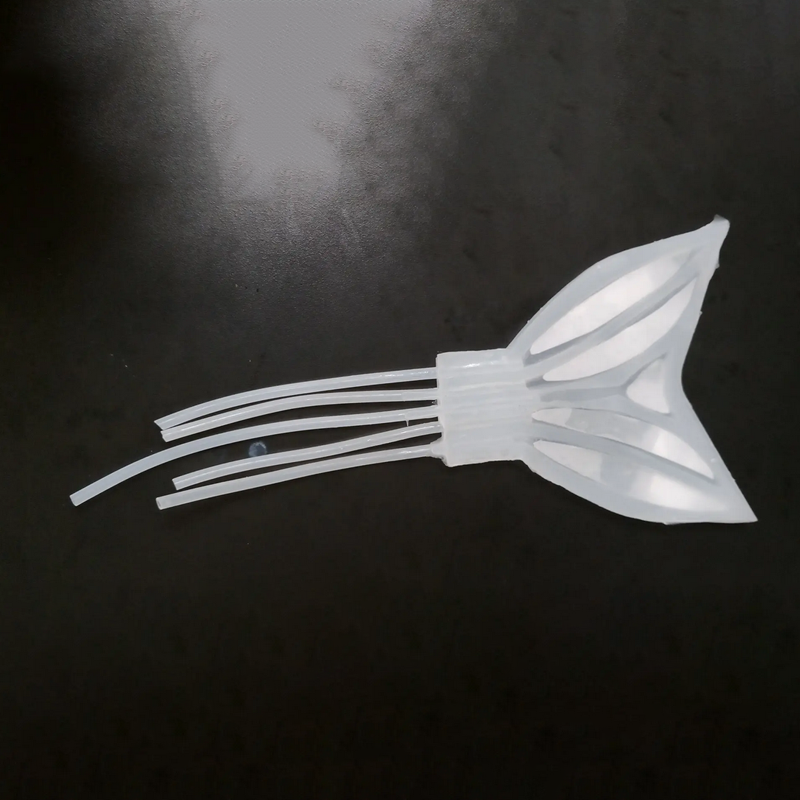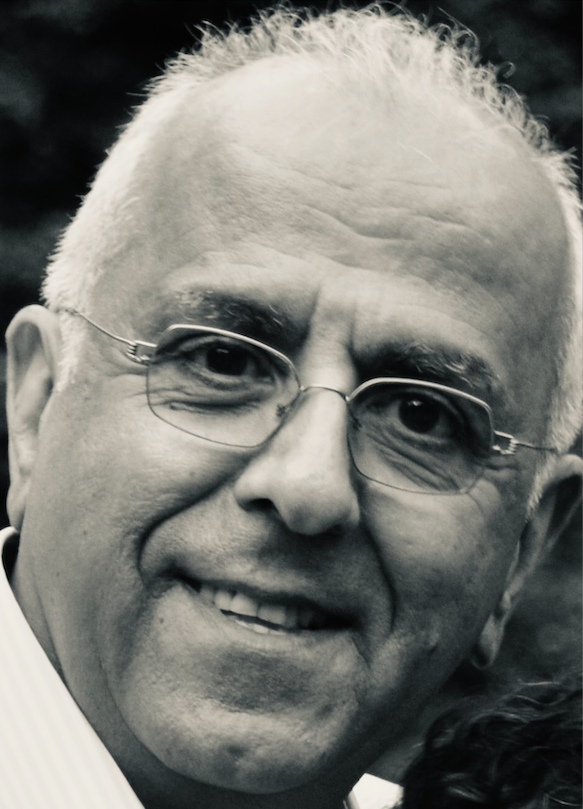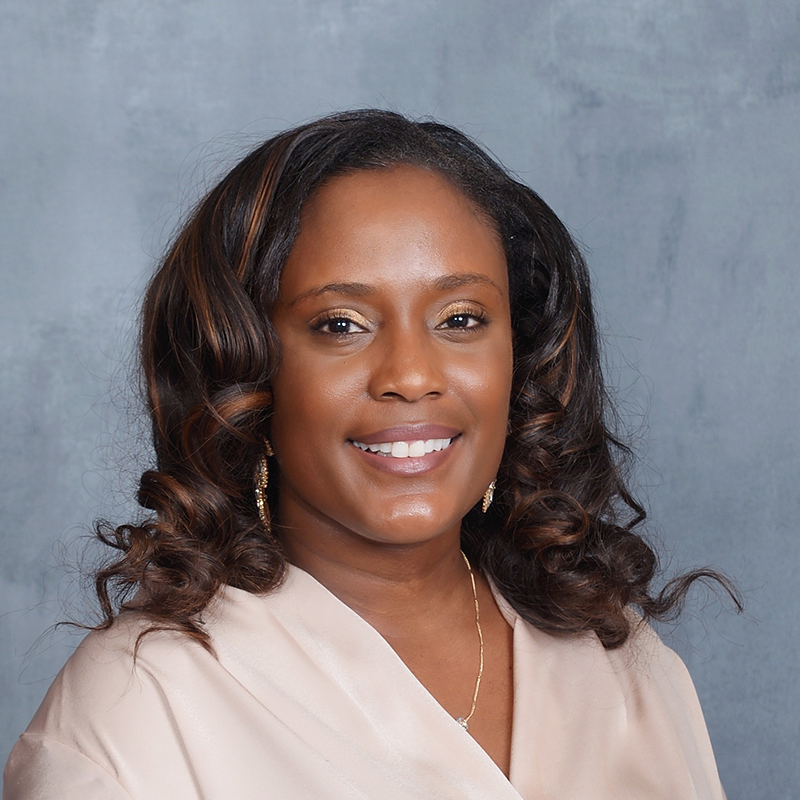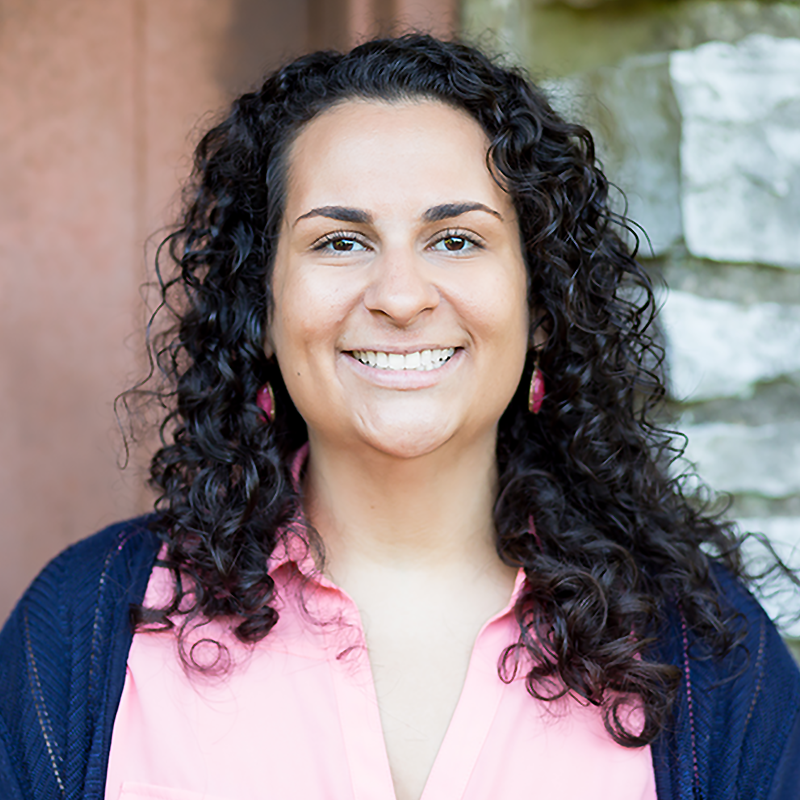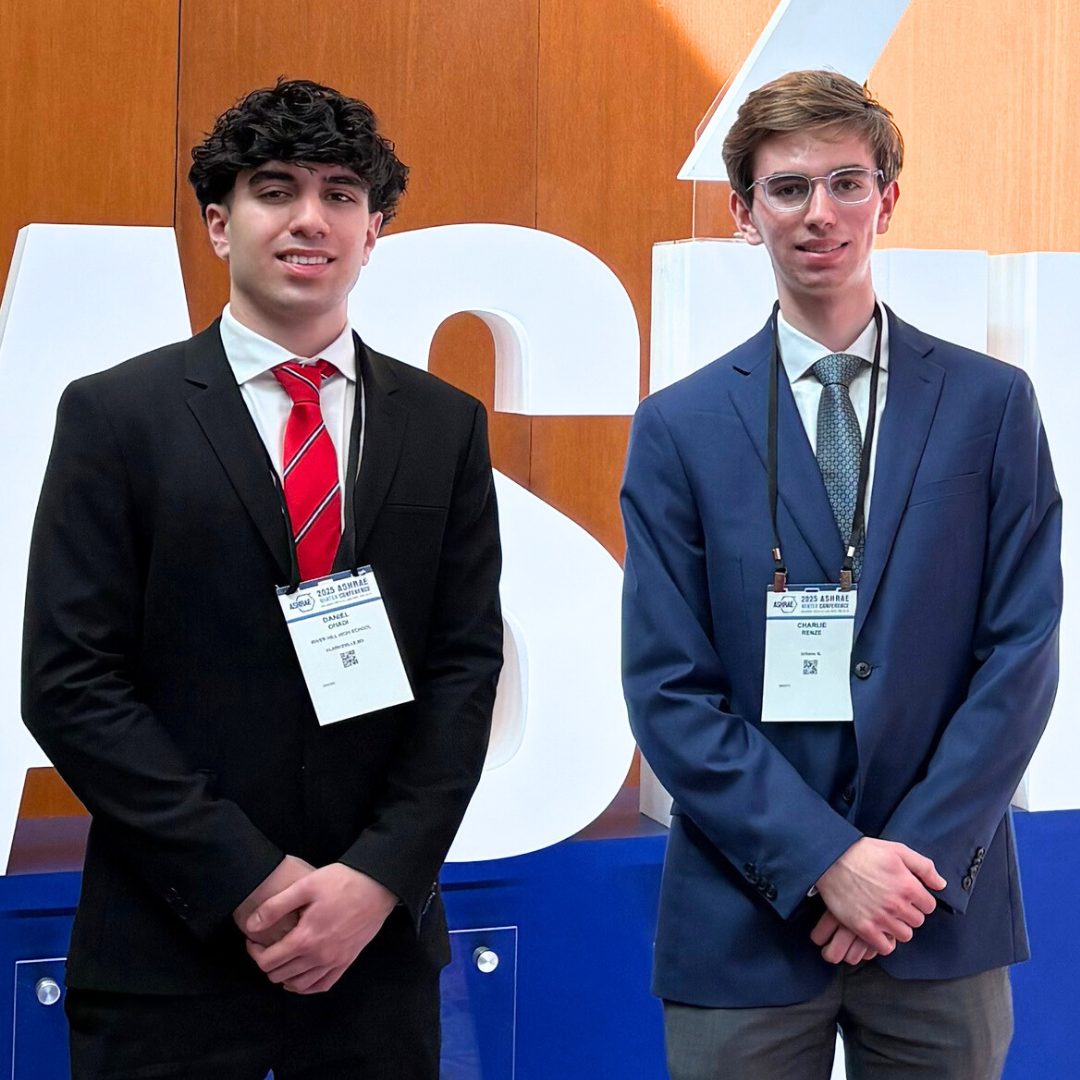News Story
Alok Priyadarshi - Mechanical Engineering
Reprinted by permission of Maryland Research magazine, University of Maryland, College Park, Md. Photographer, John Consoli. Writer, Tom Ventsias
Maryland Research Fall 2003
Up & Coming section
Take a look around wherever you’re sitting right now. If anything made of plastic is nearby—a telephone receiver, the housing for your PC or an automatic drip coffee machine, for instance—it more than likely was manufactured using a process known as injection molding.
Traditionally, injection molding is accomplished using two-piece molds that come together to form a cavity, which conforms to the shape of the object you want to make. Designing these two-piece molds is fairly simple and involves the use of computer-aided design, or CAD, software that has been in existence for decades.
But designing molds for geometrically complex objects—things like a movable toy figure, or many of the new plastic medical prosthetics being developed—is a much more difficult task. Some of these objects require seven or eight separate mold pieces that join together like a complex 3-D jigsaw puzzle.
Alok Priyadarshi, a 27-year-old graduate student in the Clark School of Engineering, has developed new software, called Multi-Piece Mold Designer, or MPMD, that automatically generates multi-piece mold geometry at the click of a button. “This [software] will make designing molds for complex, organic shapes a viable option in industry,” says Priyadarshi, who recently graduated from the Clark School with a master’s degree in mechanical engineering and is now working toward his Ph.D. at Maryland.
Automating the mold design process with the new MPMD software helps to eliminate design errors and improve overall parts quality, Priyadarshi says, while significantly reducing the design and manufacturing lead times.
The multi-piece mold design software uses input data derived from the original specifications of an object or from a 3–D digital scan. It then automatically performs all of the mold-design steps: it finds the parting directions, which are the specific directions along which the mold pieces will separate; it creates the parting surfaces; and then digitally designs the individual mold pieces. The software then outputs the geometry of individual pieces as computer files that can be rapid-prototyped for further testing, or machined to produce molds for injection molding.
Whereas this process used to take days or even weeks using typical CAD software, it now takes minutes using the new MPMD technology. In addition to designing molds, the software can aid in the design and process-planning of parts to be molded, and also can generate tooling price quotes.
Priyadarshi gained his initial professional experience with CAD software from a year spent working in his native India after earning an undergraduate degree from the Indian Institute of Technology in Kanpur. The young engineer had joined Unigraphics, a major international CAD/CAM software firm, where he was involved with developing specialized CAD software. Priyadarshi says that he gained further insight into the software needs of design engineers from networking with them at conferences and expositions. “After looking at my own initial research in mold design, I came to the conclusion that my ideas for the MPMD software could be adapted to what people in industry needed,” he says.
The automation of designing multi-piece molds is not commonplace, Priyadarshi says, and there are very few universities currently working on this area of research. In fact, it was this specific area of research by associate professor S.K. Gupta in the Clark School that first brought Priyadarshi to the University of Maryland three years ago.
The Office of Naval Research had funded a new research program at Maryland—led by Gupta, who also has a joint appointment in the university’s Institute For Systems Research—with a goal of developing new software to design multi-piece molds. The Navy was interested in making high-performance ceramic parts that could be used in communications, propulsion systems and heat shields, and needed new ideas in mold designs to effectively make this possible. “A lot of new opportunities were coming in the mold technologies,” Gupta recalls. But the software to support new mold technologies was not happening at the same pace, he says, so this was a specific new area of research he wanted to actively pursue at Maryland.
Priyadarshi had read of Gupta’s work in the Clark School and contacted him, seeking to attend graduate school in Maryland. Gupta says he receives requests like this all the time, but in looking at Priyadarshi’s credentials, certain things stood out. “Most all of the graduate students I work with are technically very good,” Gupta says. “But Alok immediately struck me as someone who was significantly mature in terms of his ability to do software development.”
Priyadarshi joined the ONR-sponsored research effort in 2000, and has played a lead role in much of the ONR research thus far, Gupta says.
An unexpected twist in working with Gupta has been the formation of Terplicators, a startup company comprised of Priyadarshi, fellow graduate student Rohit Kumar, and Gupta—who also is the Ph.D. advisor for Priyadarshi. The startup company recently won first prize in the university’s business plan competition. (See story, pg. 25)
“Rohit and I felt that there was a [commercial] need for this software, and we knew that this could work. Rohit and I talked about it at great length, and after we developed our initial plans we went to Dr. Gupta,” Priyadarshi says.
“Alok and Rohit are really pushing it from the entrepreneurial point of view, I am helping with the technical aspect,” Gupta says.
Terplicators will not focus exclusively on the new MPMD software, Priyadarshi says. “We are looking at further feedback from industry on what other features they may want from mold design software.”
Published November 15, 2003
